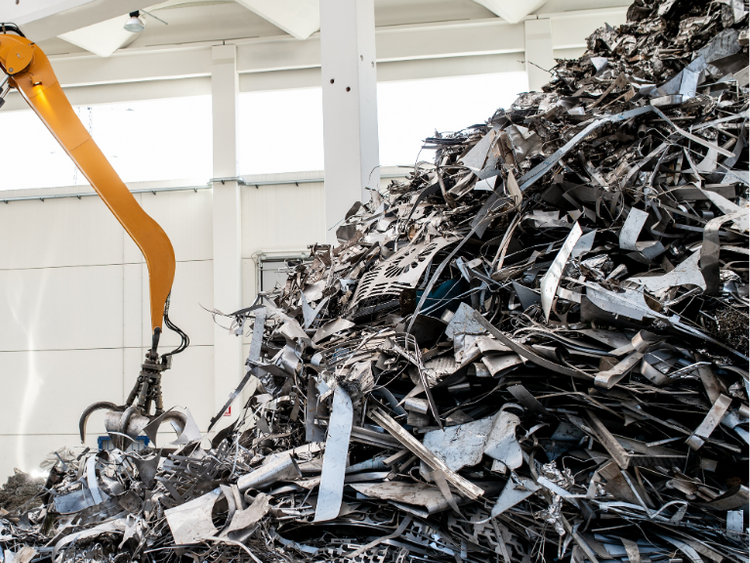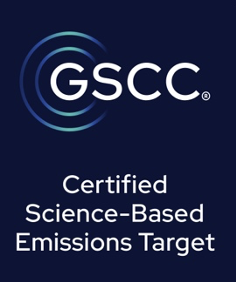Environment and Energy

Bottlenecks Squeeze the Outlook for OCTG
Written by Tim Triplett
October 9, 2018
Energy prices are up, but growth in the rig count has slowed, and bottlenecks in the nation’s oil fields will continue to constrain oil and gas production—and along with it demand for oil country tubular goods (OCTG), reports Rick Preckel, a principal at Preston Pipe, a Ballwin, Mo., market research and consulting firm.
As of Oct. 9, West Texas Intermediate was trading near $75 and Brent Crude was around $85 per barrel. “Certainly, that’s good in terms of stimulating interest in more drilling. But since mid-year, the rig count has been relatively flat,” Preckel said. The rig count in North America is up by 116 rigs over this time last year, but has actually declined from 1,062 rigs in early June to 1,052 in the latest Baker Hughes survey.
Bottlenecks in most of the resource basins, including the Permian and Bakken, make it difficult for drillers to get product to market, causing wellhead prices to be discounted in some areas. The primary issue is insufficient pipeline capacity to handle the high volume of oil and gas being pumped from the nation’s shale plays. Other bottlenecks include a tight supply of truck and rail that could serve as alternatives to congested pipelines, as well shortages of materials and workers. “There are a number of factors keeping a lid on significant growth at this point. Also, it is late in the year and there are budgets to consider,” Preckel said.
It remains to be seen if the current upturn in energy prices has staying power or is just a spike related to recent announcements by OPEC. “All else being equal, having higher prices is certainly a positive for the sector. I just don’t know that it’s enough to kick things up in the near term given all the other constraints,” he added.
The current market conditions have prompted energy companies to drill, but not complete, some wells. It is both a response to the lack of pipeline capacity and a cost-saving measure. “They drill and case the wells, but don’t call the completion crews in until they are ready to bring the well online. Sixty percent of the cost is on the completion side, so they are not investing in that cost until they have to. They are building an inventory of wells they can bring on line relatively quickly,” Preckel explained. The effect of the drilled but uncompleted (DUC) wells on OCTG demand is relatively minor, he added, as it only postpones around 10 percent of the steel tubing purchases.
Imports of energy pipe and tube products have decreased as a result of U.S. tariffs and quotas, but the effect has been limited, Preckel said. The cost of hot band in the U.S. has been high enough that importers could pay the 25 percent tariff and still bring material in at competitive prices. Having a significant impact is the quota on Korea. “Since Korea hit their quota on OCTG, the overall volume in imports has declined by about the amount of Korean material that is no longer in the market,” he noted.
Foreign pipe producers are starting to feel the pinch as hot rolled prices in the U.S. have declined by about $80 per ton from their peak in July. “We are starting to see situations where U.S. welded pipe producers are looking at lower costs, which will result in some market share shift back to the domestic producers,” Preckel said.
A number of new pipeline projects are in the works, but they are not expected to relieve the congestion in oil and gas transmission until well into 2019 or 2020. Preston Pipe forecasts modest growth for the energy sector, and OCTG demand, next year. Pricing is favorable at the moment, but may not last, and the bottlenecks will keep the market from reaching its full potential.

Tim Triplett
Read more from Tim TriplettLatest in Environment and Energy

IIMA meeting: Decarbonization to drive demand for scrap, DRI
In the Americas, the ongoing conversion to EAF melting is driving demand for prime grades of scrap and increased use of ore-based metallics

AMU: Grid upgrades starting to cope with rising electricity demand
Hardly a day goes by without someone writing about the expected rise in US electricity demand. This demand is largely driven by data center and AI’s appetite for power.

Global Steel Climate Council certifies eight SDI, ASA HR products
GSCC certifies eight products from Steel Dynamics and Arkansas Steel Associates.

June energy market update
In this Premium analysis we examine North American oil and natural gas prices, drill rig activity, and crude oil stock levels. Trends in energy prices and rig counts serve as leading indicators for oil country tubular goods (OCTG) and line pipe demand.

EPA deregulation proposals win praise from steel advocates
Two industry groups are applauding two EPA proposals that would support domestic steel production.
